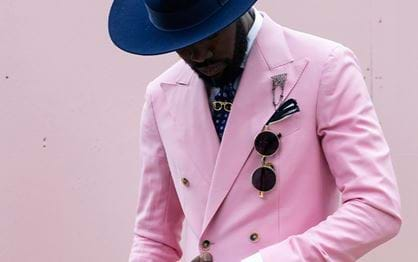
Fashion News
Black-and-white on Derby Day: A timeless tradition
On the inaugural day of the Melbourne Cup Carnival, Penfolds Derby Day, Flemington Racecourse is a sea of black and white. It’s a well-known tradition for attendees to embrace the monochrome palette, each adding their unique touch. The origins of this distinctive fashion tradition blend elements from various sources.








